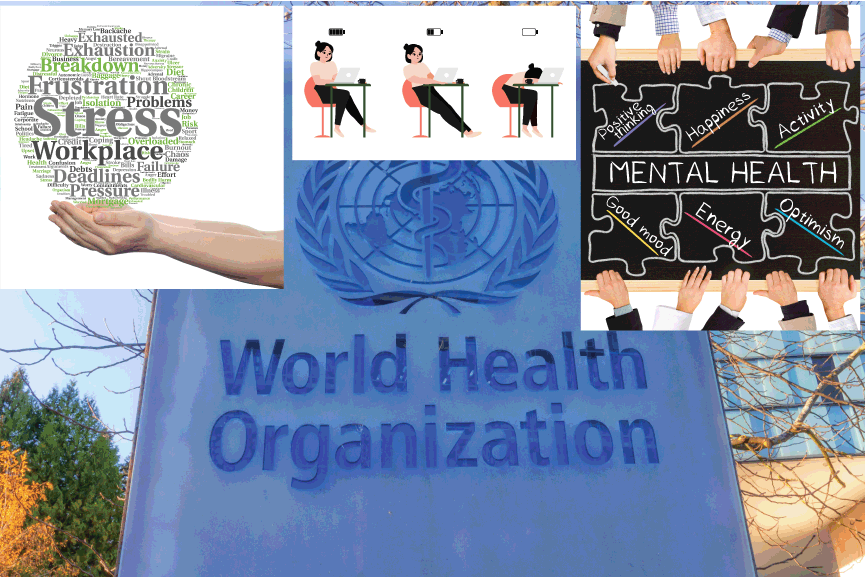
In September 2022, the World Health Organisation (WHO) issued guidelines on supporting mental health in the workplace. It’s estimated that on an annual basis, the global economy loses $1 trillion (approx. £838.4 billion) due to mental health.
Depression and anxiety contribute to this in particular, and with 15% of working adults having a mental disorder at any point in time, the WHO have now stepped in with their ‘WHO Guidelines on Mental Health at Work’, which focuses on six key areas.
Key Areas of Intervention
1. Organisation
This section of the guide provides information on the effects of flexible working, changes to workload or breaks, and job design. It also outlines what mental health symptoms may be affected by the format of their jobs, such as long working hours, job control/security, and organisational culture.
Universal organisational interventions are those that can be applied to the entire workforce, rather than on an individual basis. The basic recommendations advised are an assessment of work-related psychological risks, and intervention based on the findings.
2. Training Managers
Focusing on training managers to support their workers’ mental health is outlined as a necessity for managers’ empathy, attitudes, and behaviours. The purpose of this is to help managers identify when their workers may be struggling, and to ensure they know how to help.
However, it’s important to distinguish that this training will not make managers mental health professionals. They cannot and should not diagnose mental disorders, but will be able to step in to support their workers.
3. Training Workers
The purpose of training workers on mental health in the workplace is not only to help them recognise symptoms in themselves, but also in their colleagues.
Much like with the managerial training above, however, this training will not make workers mental health professionals and will not provide them with the skillset to diagnose. It will, however, raise mental health awareness in the workplace.
4. Individual Interventions
Individual interventions largely depend on what the person is feeling, and its cause. For example, physical activity or psychological interventions could be used to manage stress.
5. Returning to Work After a Mental Health Related Absence
This section outlines what should be done by the employer and employee when returning to work after a mental health related absence. For example, the WHO recommends coordination between the health provider, employer, and worker.
6. Gaining Employment for People Living with Mental Health Conditions
Finally, this section of the guide discusses the introduction to work process, and makes recommendations on how to make it a supportive environment for those with pre-existing mental health conditions.
Keep Your Employees in the Know with Label Source
At Label Source, we have a range of workplace signage including educational posters that can contribute to employees’ understanding of their own and their colleagues’ health in the workplace.
For more updates on the latest news in health and safety, follow us on Twitter, or view the rest of our blog.